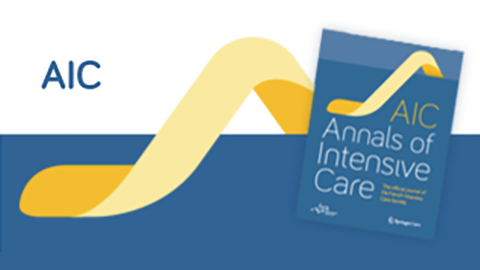12/06/2020


Source
Abstract
Background
Endotoxins can induce an excessive inflammatory response and result in microcirculatory dysfunction. Polymyxin-B hemoperfusion (PMX-HP) has been recognized to effectively remove endotoxins in patients with sepsis and septic shock, and a rat sepsis model revealed that PMX-HP treatment can maintain a better microcirculation. The primary aim of this study was to investigate the effect of PMX-HP on microcirculation in patients with septic shockMethods
Patients with septic shock were enrolled and randomized to control and PMX-HP groups. In the PMX-HP group, patients received the first session of PMX-HP in addition to conventional septic shock management within 24 h after the onset of septic shock; the second session of PMX-HP was provided after another 24 h as neededResults
Overall, 28 patients finished the trial and were analyzed. The mean arterial pressure and norepinephrine infusion dose did not differ significantly between the control and PMX-HP groups after PMX-HP treatment. At 48 h after enrollment, total vessel density (TVD) and perfused vessel density (PVD) were higher in the PMX-HP group than in the control group [TVD 24.2 (22.1–24.9) vs. 21.1 (19.9–22.9) mm/mm^2; p = 0.007; PVD 22.9 (20.9–24.9) vs. 20.0 (18.9–21.6) mm/mm^2, p = 0.008]Conclusions
This preliminary study observed that PMX-HP treatment improved microcirculation but not clinical outcomes in patients with septic shock at a low risk of mortality. Nevertheless, larger multicenter trials are needed to confirm the effect of PMX-HP treatment on microcirculation in patients with septic shock at intermediate- and high-risk of mortality. Trial registration ClinicalTrials.gov protocol registration ID: NCT01756755. Date of registration: December 27, 2012. First enrollment: October 6, 2013. https://clinicaltrials.gov/ct2/show/NCT01756755Liens article
©2020 The Author(s)